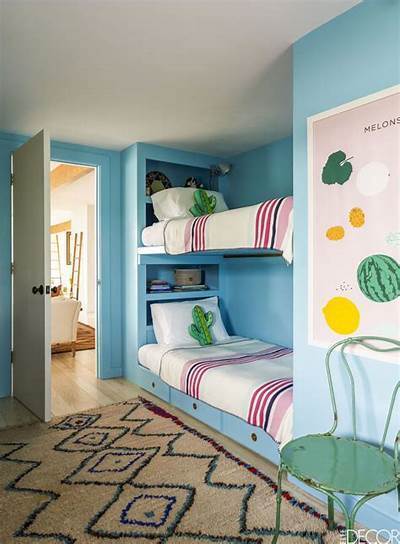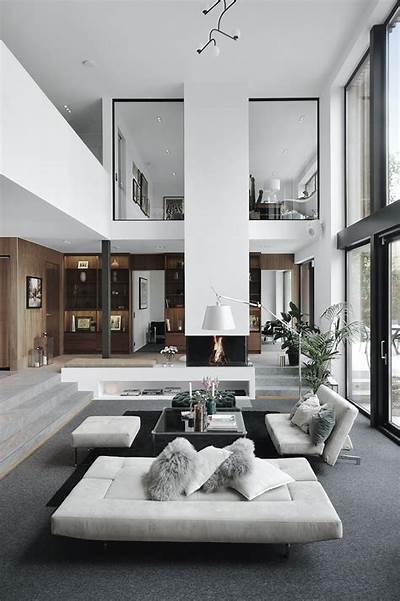Home Interior Design: A Comprehensive Guide
Transforming your house into a home involves more than just arranging furniture. Home interior design is a multifaceted process that blends aesthetics, functionality, and personal expression to create a space that reflects your unique style and enhances your quality of life. This comprehensive guide explores the key aspects of home interior design, from initial planning to final touches.
Phase 1: Planning and Conceptualization
Before diving into paint swatches and furniture catalogs, meticulous planning lays the foundation for a successful design project. This phase involves:
Defining Your Style and Needs
What feeling do you want your home to evoke? Modern minimalism? Rustic charm? Classic elegance? Identifying your preferred style helps guide your choices. Equally crucial is considering your lifestyle and needs. Do you entertain frequently? Do you need a dedicated workspace? A family-friendly layout? Understanding these factors is paramount.
Budgeting and Prioritization
Setting a realistic budget is essential. Interior design can range from budget-friendly to lavish, so establishing financial limits upfront prevents overspending. Prioritize your needs – a new kitchen might take precedence over new living room furniture, for example.
Space Planning and Measurement
Accurate measurements are non-negotiable. Sketching floor plans, noting window and door placements, and measuring existing furniture are crucial steps. This allows for optimal furniture placement and prevents costly mistakes.
Mood Boards and Inspiration
Creating a mood board – a visual collection of images, textures, and colors representing your desired aesthetic – provides a tangible reference point throughout the design process. Gather inspiration from magazines, websites, and social media platforms.
Phase 2: Selecting Design Elements
With your plan in place, you can begin selecting the key elements that will shape your interior.
Color Palette
Color significantly impacts mood and atmosphere. Consider the psychology of color – calming blues, energizing yellows, etc. – when choosing a palette. A cohesive color scheme creates visual harmony.
Lighting
Lighting is crucial for both functionality and ambiance. Layer different types of lighting – ambient, task, and accent – to create a versatile and inviting atmosphere. Natural light should be maximized whenever possible.
Furniture Selection
Choose furniture that is both functional and aesthetically pleasing. Consider scale, proportion, and comfort. Mix and match styles strategically for a unique look, but maintain a sense of cohesion.
Flooring
Flooring impacts both the look and feel of a room. Consider durability, maintenance, and style when choosing flooring materials – hardwood, tile, carpet, or laminate.
Window Treatments
Curtains, blinds, or shades not only control light and privacy but also contribute to the overall aesthetic. Choose treatments that complement your style and functional needs.
Phase 3: Implementation and Decoration
This phase brings your design vision to life.
Furniture Arrangement
Experiment with different furniture arrangements to find the most functional and aesthetically pleasing layout. Consider traffic flow and create focal points within the room.
Accessorizing
Accessories add personality and warmth to a space. Incorporate items such as throw pillows, rugs, artwork, and decorative objects to complete the look. Avoid overcrowding; less is often more.
Artwork and Wall Decor
Artwork can transform a room. Choose pieces that reflect your personal taste and enhance the overall design. Consider scale and placement carefully.
Textiles and Fabrics
Textiles add texture, warmth, and personality. Curtains, rugs, throw pillows, and blankets contribute to the overall comfort and aesthetic of the space.
Phase 4: Final Touches and Refinement
The final touches are what truly elevate a design.
Decluttering and Organization
A clutter-free space is essential for a harmonious environment. Declutter regularly and implement organizational systems to maintain a clean and tidy home.
Maintenance and Upkeep
Regular maintenance is crucial for preserving the beauty and functionality of your interior design. Clean regularly, repair minor damages promptly, and protect surfaces from wear and tear.
Personalization and Expression
Ultimately, your home should reflect your personality and style. Don't be afraid to incorporate unique elements that express your individuality.
Different Interior Design Styles
Numerous interior design styles exist, each with its own distinct characteristics.
Modern Minimalism
Characterized by clean lines, simple forms, and a neutral color palette. Emphasizes functionality and avoids clutter.
Mid-Century Modern
A blend of modern and traditional elements, featuring organic forms, warm wood tones, and pops of color.
Scandinavian
Emphasizes simplicity, functionality, and natural materials. Utilizes a light and airy color palette with touches of nature.
Bohemian
Eclectic and layered, featuring a mix of textures, patterns, and colors. Creates a relaxed and informal atmosphere.
Industrial
Uses raw materials such as metal, wood, and concrete, creating a rugged and utilitarian aesthetic.
Rustic
Emphasizes natural materials and textures, creating a warm and inviting atmosphere. Often incorporates reclaimed wood and stone.
Conclusion
Home interior design is a journey of self-expression and creativity. By carefully planning, selecting appropriate design elements, and paying attention to detail, you can transform your house into a beautiful and functional home that reflects your unique style and enhances your quality of life. Remember that the process is as important as the outcome; enjoy the journey of creating the space you've always dreamed of.


この記事へのコメント